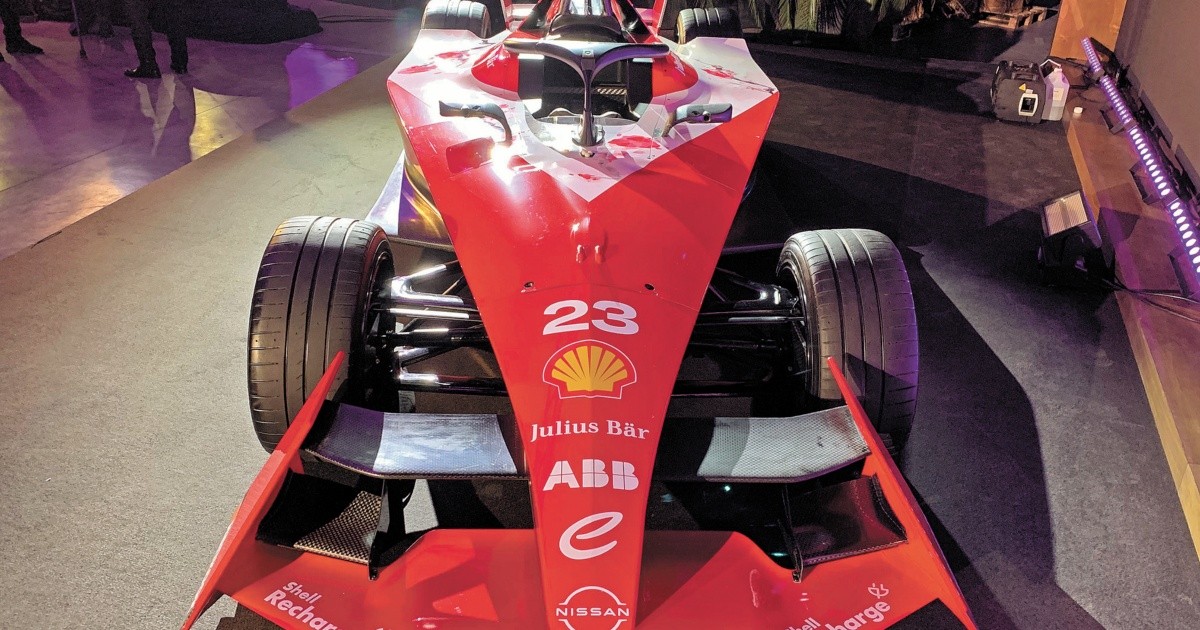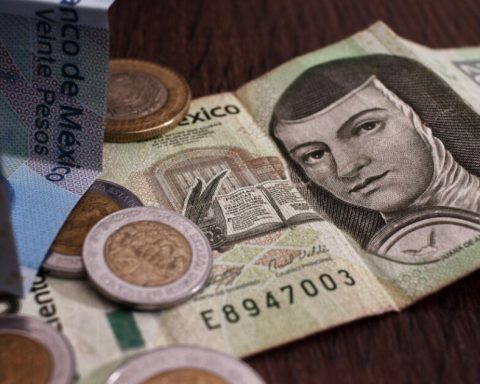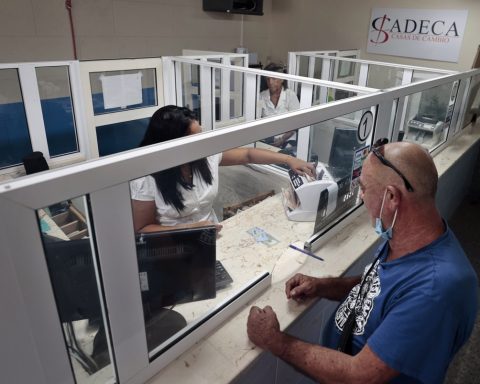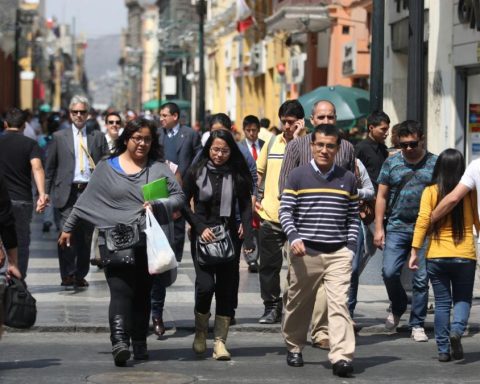The Jarama Circuitin Madrid, Spain, was the setting to learn a good part of the advances that the new car of the Japanese team has prepared for the 2023 campaign of the Formula E, championship that brings together different teams and brands that see it as the ideal environment for the development of electrified propulsion technology that will be applied to street cars in the near future.
nissanpresent since 2019 as a technical partner, will compete for the first time only with his name since he bought the old team eAdams at the beginning of this year. But the changes were not limited only to the internal reconfiguration since it will also do so with the third generation of its single seater electric, which thanks to its evolution, is faster, regenerates more energy and weighs less.
During the technical explanation, the team members explained that by regulation both the chassis and other elements such as the suspension are the same for all the teams but that the difference, and therefore the competitiveness, lies in the fact that each one must put their experience into practice , development and research to create the best electric powertrain that goes from the motors, through the batteries, the transmission and the regeneration system, which is largely what makes the main difference or advantage between them since that it is of little use to generate more kilowatts if you do not have a fast regeneration capacity and in good quantity. The front axle now has a electric motor but its objective is to recover energy, and this is one of the main innovations since it also provides greater braking capacity, which translates into a handling characteristic that pilots must understand, master and get the most out of, because without a doubt It will change the way you drive. For its part, the one mounted on the rear axle is responsible for propelling it and placing all the traction on the track. The new vehicle produces 350 kW (470 bhp), compared to 250 kW (335 bhp), regenerates energy by more than 40% and weighs 60 kilograms less (840 kilos) than the previous generation. Their top speed is 320 km/h.
For their part, the pilots made their debut in the last training session that was from December 13 to 16 in Valencia. Frenchman Norman Nato, who has already won a race with Jaguar and who was also part of the Venturi team, will wear the number 17, while Franco-Argentine rookie, sacha fenestrazwill defend the 23.
















